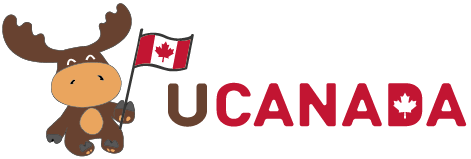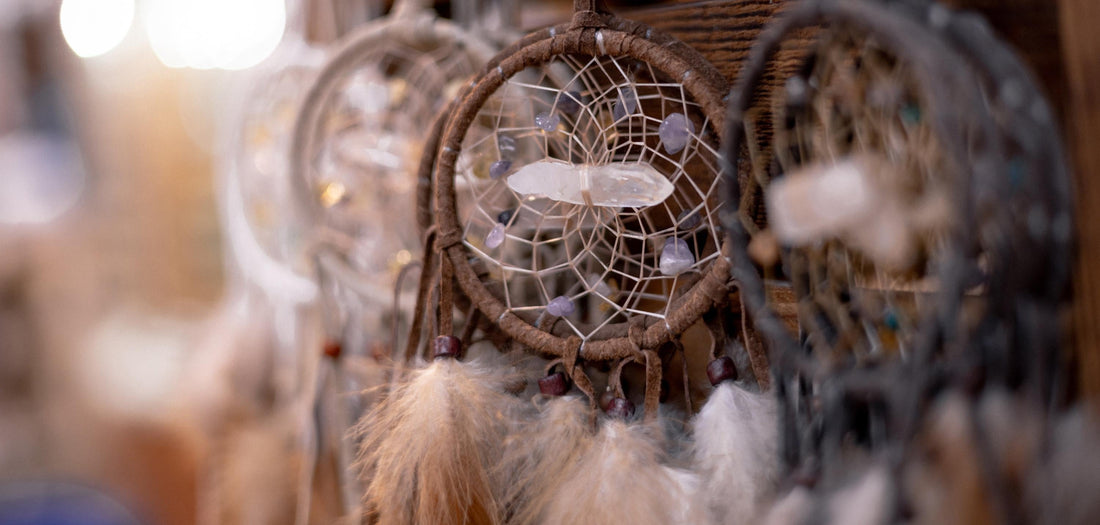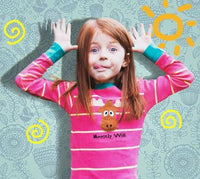(Reading time: 3 minutes)
Why Is the Dream Catcher a Symbol of Protection and Good Fortune?
In North American Indigenous culture, especially among the Ojibwa and Sioux, the dream catcher and vision seeker is a cherished symbol believed to capture good dreams and ward off nightmares. Traditionally handcrafted from animal bones, feathers, and natural fibres, the dream catcher acts as a protective talisman, hanging above the sleeping area to allow positive dreams to pass through while filtering out negative energies.
Today, dream catchers are recognized worldwide, representing peace, good fortune, and a deep connection to Indigenous heritage. Many people display them in bedrooms, homes, and cars as decorative symbols of protection and culture.
Where Did the Dream Catcher Originate?
The origins of the dream catcher trace back to an ancient Ojibwa legend about a Native American medicine man and his powerful vision. According to this tale, the medicine man dreamt of a spider woman who wove a web each night near an elderly woman’s bed, safeguarding her sleep. In his dream, the woman’s grandson noticed the spider and wanted to crush it, but his grandmother intervened, protecting the spider.
In gratitude, the spider woman wove a large, glistening web and hung it from a willow tree, imparting it with magical properties to catch harmful dreams. When the sun rose, the nightmares stuck to the web dissolved with the first light, while good dreams passed gently through. The prophetic voice in the medicine man’s dream urged him to share this gift with his people, teaching them to weave these protective webs as a universal medicine for the spirit.
From then on, dream catchers became a source of comfort and spiritual strength within the tribe, believed to shield people from nightmares while allowing good dreams to manifest as guidance and wisdom.
What Do the Symbols in a Dream Catcher Represent?
Each part of the dream catcher carries symbolic meaning. From the circular frame to the delicate feathers, these elements connect dreamers to natural forces, honoring Indigenous traditions:
✔️ The Circular Frame: Represents the cycle of life, the sun, and its orbit around the Earth, creating a balanced world.
✔️ Eight Connection Points: These symbolize the eight legs of the spider, which is a guardian and protector within Ojibwa lore.
✔️ Feathers: Represent breath, creativity, and air. Feathers allow positive dreams to filter gently through, carrying spiritual messages.
✔️ The Web: Made of intricate patterns, the web serves as a filter for negative dreams and symbolizes strength and resilience.
✔️ Beads: Often woven into the web, beads represent the meaning of dreams and the power they hold.
This intricate structure reflects the deep cultural heritage behind each dream catcher and emphasizes its purpose as a spiritual protector.
How Are Dream Catchers Used in Indigenous Culture?
Traditionally, parents would hang dream catchers over their children’s beds to protect them from nightmares. As the morning light touched the web, it was believed that bad dreams dissolved and were carried away by the sunlight. Over time, dream catchers became symbols of peace and good fortune for many Indigenous people in North America, and their popularity spread widely. Today, dream catchers are frequently found in homes, bedrooms, and living spaces, often as a way to honor Indigenous culture or as a beautiful addition to home decor.
How Have Dream Catchers Evolved in Modern Culture?
While traditional dream catchers are crafted from natural materials like willow wood and sinew, modern dream catchers come in various colors and designs, often incorporating vibrant threads, beads, and feathers.
Where Do People Hang Dream Catchers Today?
Many people hang dream catchers not only in bedrooms but also in living rooms, cars, or personal spaces to attract positive energy. Dream catchers have also inspired tattoo art, with some enthusiasts believing that a dream catcher tattoo brings good luck and serves as a lifelong symbol of protection.
In recent years, dream catchers have gained popularity as meaningful Canadian souvenirs and gifts in North America, similar to good luck charms. Many people choose to give them to friends and family, believing they bring protection and positivity. Dream catchers are suitable gifts for anyone, including non-Indigenous friends, as a way to share the essence of Indigenous culture.
Why Are Dream Catchers the Perfect Canadian Souvenir?
For visitors and locals alike, dream catchers make perfect souvenirs that reflect the beauty and depth of Canadian Indigenous culture.
Why Are Dream Catchers Popular Among Tourists?
✔️ They honor Canada’s Indigenous heritage.
✔️ They offer both aesthetic charm and spiritual significance.
✔️ They come in various sizes and styles, making them ideal gifts.
Many travelers seek Canada-themed souvenirs that celebrate the country’s diverse history and traditions, and dream catchers are a wonderful choice.
Where Can You Buy Authentic Dream Catchers in Canada?
If you’re looking for a beautiful and authentic Canadian gift, explore our collection of Indigenous art and crafts, including dream catchers available at UCanada.
Why Choose UCanada for Your Dream Catcher?
🪶 Authentic craftsmanship honoring Indigenous traditions.
🪶 Designed to celebrate North America’s Indigenous heritage.
🪶 Available in various sizes and styles for every preference.
How Can You Order Dream Catchers from UCANADA?
For more information about our Canadian souvenirs, or if you’d like to inquire about bulk orders, feel free to call or email us—we’re here to help you find the perfect piece that celebrates Canada’s Indigenous heritage.





